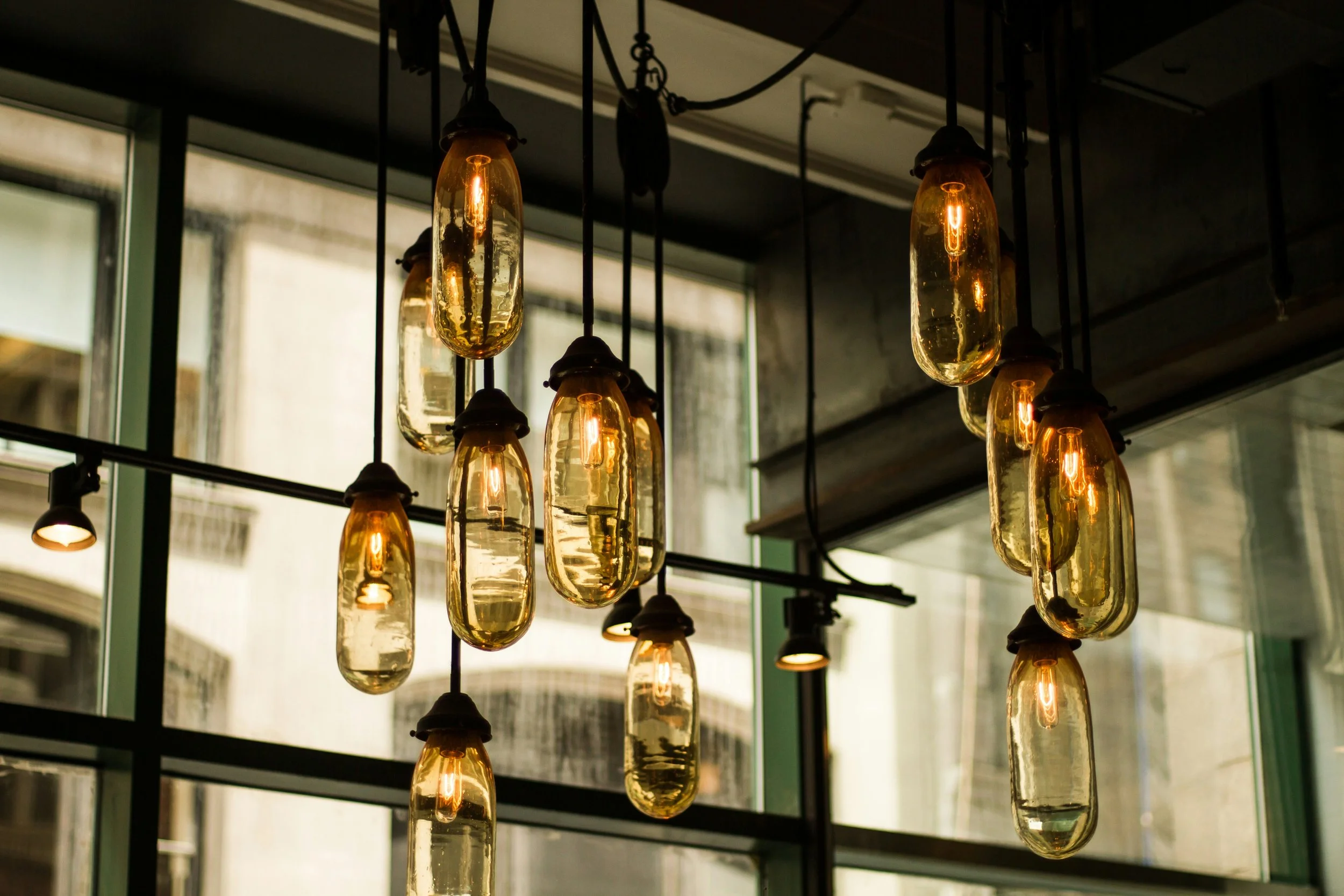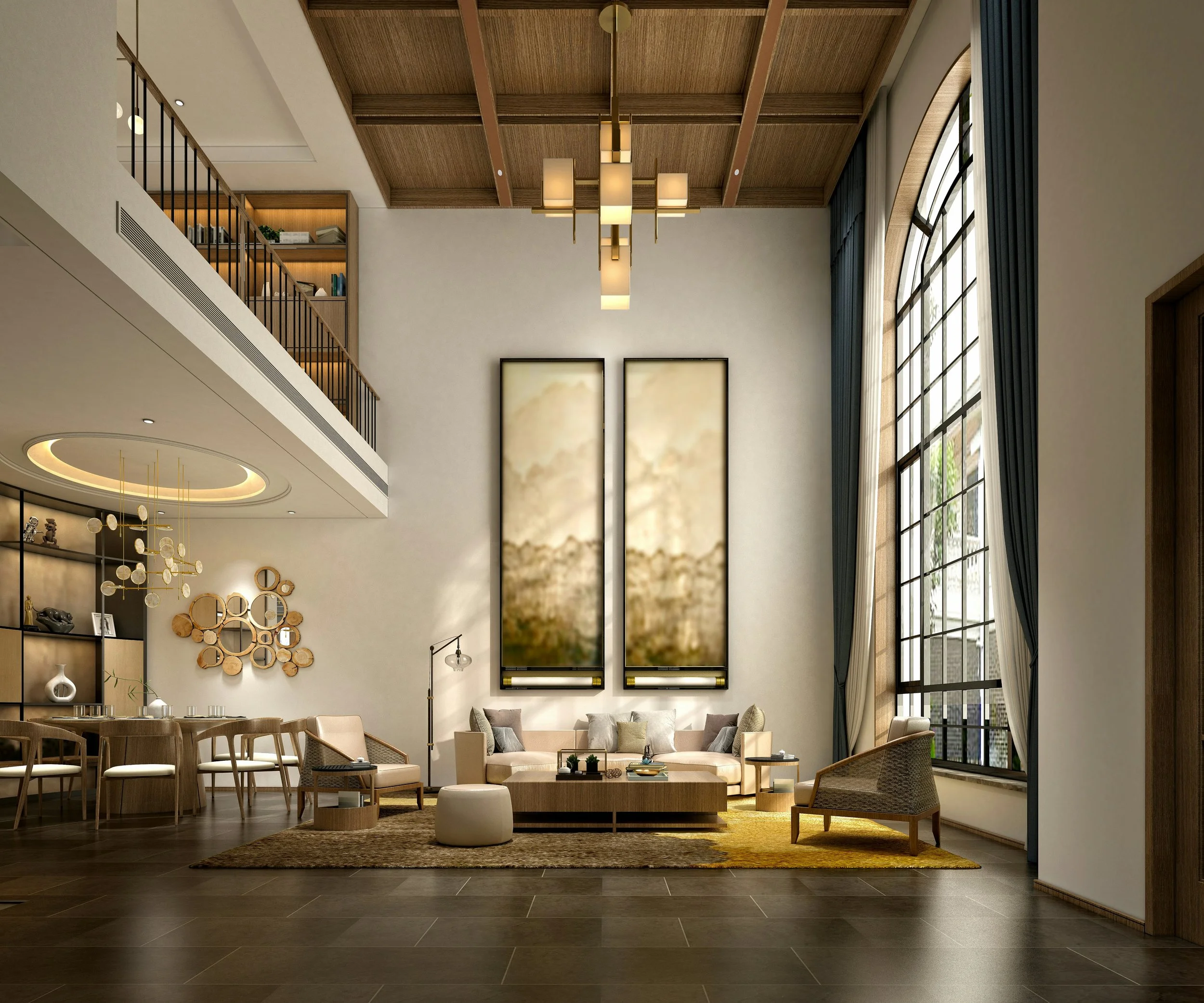light your way to wellness: the hidden power of home lighting you’re ignoring
Lighting has the power to shift your mood, your energy, or even your outlook on life. Yet it’s still one of the most underestimated elements in creating a home that truly supports your wellbeing.
In our fast paced, screen filled lives, the lighting in our home plays a far more vital role than many of us realise. It’s not just about illuminating a space, it’s about creating the right environment to support your mental and physical wellbeing. Poor lighting, can strain your eyes, disrupt your body’s natural rhythm and leave you feeling drained or unfocused. Despite its profound impact, many people underestimate how crucial thoughtful lighting is in their daily lives. We often settle for whatever fixture looks nice or is easy to install without considering tasks or emotions. This disconnect can be detrimental to our health and happiness, quietly undermining the comfort of our own home. In this post, I will walk you through how to choose the correct lighting to help boost your mood, increase productivity, regulate your sleep and reduce stress.
The science of light and wellbeing:
Circadian rhythms are our body’s internal 24 hour clock, that regulates sleep, hormones, body temperature, digestion and mood. The rhythm is heavily influenced by light exposure, especially that of natural sunlight. When our eyes detect morning light, it signals the brain to suppress melatonin (the sleep hormone) and boost cortisol, helping you wake up and feel alert. As the day progresses and natural light fades, our bodies start to produce melatonin again to help us sleep.
Disruptive or poor lighting can throw off this cycle, leading to issues like insomnia, low energy, poor focus and even anxiety and depression.
BLUE LIGHT:
- Found in daylight and screens
- Boosts alertness, focus and energy
- Great for morning and daytime tasks
- Disrupts sleep if used in the evening (suppresses melatonin)WARM LIGHT:
- Mimics sunset tones (amber, warm light)
- Promoted relaxation and calm
- Ideal for evenings, bedroom and winding down
- Support a healthy sleep cycle
What are the common lighting mistakes in the home?
Many homes rely solely on overhead lighting, which often creates harsh shadows and lacks the warmth and flexibility needed for both comfort and function.
QUICK FIX - Add floor or table lamps to add soft layered light.The ‘one light fits all’ approach is also a common mistake - using the same type of lighting in every room, regardless of its purpose or mood, can make spaces feel flat or uninviting.
QUICK FIX - Use brighter, cooler light in kitchen and work areas. Opt for warm dimmable lights in living rooms and bedrooms.Poor placement and the wrong colour temperature can disrupt daily rhythms, making it hard to relax, focus or sleep when needed.
QUICK FIX - Choose warm white bulbs (2700-3000K) for relaxation zones, and cool white bulbs (4000-5000K) for focus areas.
Lighting by room: Function and emotional design
Every room has its own purpose—and its own emotional atmosphere. The right lighting supports both how a space works and how it feels. Here’s how to design with intention, room by room:
Living Room – Layered Lighting for Flexibility and Comfort: The living room needs to shift from social space to sanctuary with ease.
Tip: Use a mix of overhead lighting, floor lamps, and accent lights (like wall sconces or LED strips). Dimmer switches let you adjust the mood from bright and lively to soft and cozy.Kitchen – Bright, Clean Light for Precision and Cleanliness: Tasks like chopping, cooking, and cleaning require clarity and focus.
Tip: Choose bright, cool white lighting (4000–5000K) for task areas. Install under-cabinet lights to illuminate worktops, and consider pendant lights over islands for style and function.Bathroom – Balanced Light for Self-Care: Bathrooms need clear, flattering light for grooming—but also a relaxing feel for wind-down time.
Tip: Use lighting on either side of the mirror (not just above) to reduce shadows. Add a dimmable overhead fixture or soft night lighting to support evening routines without overstimulating.Bedroom – Calm, Cozy Lighting for Rest: This is your sanctuary—lighting should invite rest, softness, and quiet connection.
Tip: Use warm white bulbs (2700K or lower) in bedside lamps. Add ambient options like fairy lights or wall sconces for a gentle glow. Avoid harsh ceiling lights at night.Home Office – Avoiding Eye Strain and Boosting Focus: Productivity starts with the right light. Poor lighting can cause fatigue and slow you down.
Tip: Position your desk near natural light if possible. Use a task lamp with adjustable brightness and a cool temperature to stay alert. Keep overhead lighting soft but functional.
Simple ways to upgrade your lighting:
You don’t need a full renovation to transform your space—just a few smart swaps and additions can make your lighting more supportive of your wellbeing.
Use Dimmers, Smart Bulbs, and Colour Control : Adjustable lighting lets you match the mood and time of day.
Tip: Install dimmer switches or use smart bulbs that let you shift from cool to warm light. This supports your circadian rhythm and gives you control over your environment.Layer Your Lighting: Combine ambient (overhead), task (focused), and accent (decorative) lighting to create depth and flexibility.
Tip: Add floor lamps, under-cabinet lighting, or wall sconces to balance harsh ceiling lights and create a more calming, adaptable space.Swap Harsh Bulbs for Wellness-Friendly Options: Bright, cool lights have their place—but not in every room.
Tip: Choose warm white bulbs (2700–3000K) for bedrooms and living rooms, and save cooler tones (4000–5000K) for kitchens or workspaces. Avoid flickering or overly blue LED lights at night.Embrace Natural Light with a Few Simple Tricks: Let daylight do the work when possible.
Tip: Use mirrors to bounce light deeper into your space, opt for sheer or light-coloured curtains, and consider daylight-mimicking bulbs for rooms that lack windows.
Why is it worth it?
Good lighting isn’t just a design detail—it’s a foundation for feeling better at home. When lighting aligns with your body’s natural rhythms and daily needs, it can subtly but powerfully boost your mood, energy, and sense of calm.
Clients often tell me they didn’t realise how anxious, tired, or overstimulated they felt—until we changed the lighting. A softer glow in the bedroom, or better task lighting in the kitchen, can instantly shift how you feel in the space you spend the most time in.
Lighting is one of the most overlooked tools in creating a home that supports your wellbeing—but it makes a real difference. By tuning into how light affects your mood, energy, and focus, you can transform your space from just functional to truly nurturing.
Start small: choose one room and rethink how it’s lit. Swap out a bulb, add a lamp, or install a dimmer. The change in how you feel might surprise you—in the best way.




